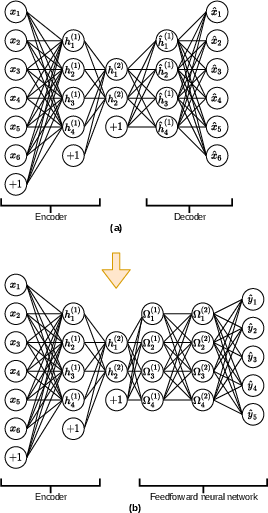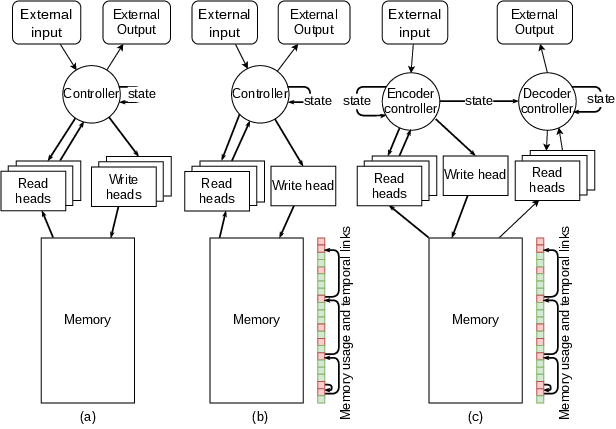- The paper presents a comprehensive survey and benchmark, categorizing deep learning methods for predicting business process outcomes.
- It evaluates different neural network architectures—such as RNNs, CNNs, and Transformers—using metrics like accuracy and MAE across multiple real-life logs.
- The findings underscore that tailored data preprocessing and model selection are critical for enhancing predictive performance in business process monitoring.
Deep Learning for Predictive Business Process Monitoring: Review and Benchmark
Introduction
The paper "Deep Learning for Predictive Business Process Monitoring: Review and Benchmark" provides a comprehensive survey and practical benchmark of deep learning methods applied to predictive business process monitoring. It systematically reviews existing approaches and identifies a taxonomy to categorize them, followed by an experimental evaluation across multiple process logs.
Background and Problem Definition
Predictive business process monitoring aims to forecast the behavior and outcomes of ongoing cases in business processes. The rapid evolution of deep learning techniques has led to diverse methodologies being employed for this task. The complexity in comparing these methods arises from varied process logs and experimental setups, which challenge the selection of the optimal approach for specific predictive problems.
Methodological Overview
The paper categorizes deep learning approaches based on input data, prediction tasks, neural network types, sequence encoding, and event encoding:
- Input Data: Key attributes include case identifiers, activities, timestamps, and optional case/event attributes. Deep learning models often require preprocessing of timestamps and handling noise in logs.
- Prediction Tasks: Includes next activity, activity suffix, next timestamp, remaining time, and outcome predictions. Proper encoding is crucial for handling parallel activities and variability in process logs.
- Neural Network Types: The paper discusses the use of various architectures like RNNs, LSTMs, GRUs, CNNs, and Transformers. Each architecture has its strengths depending on the prediction task and data characteristics.
- Sequence and Event Encoding: Techniques such as one-hot encoding, embeddings, frequency-based, and pre-trained embeddings are used to transform categorical features into neural network-compatible formats.
Benchmark and Experimental Evaluation
The authors benchmarked ten state-of-the-art approaches across twelve real-life event logs. They utilized metrics like accuracy for next activity prediction, Damerau-Levenshtein distance for activity suffix prediction, and Mean Absolute Error (MAE) for time-related tasks. A Bayesian analysis established rankings, highlighting performance disparities across techniques.

Figure 1: Credible intervals (5% and 95% quantiles) and expected probability of winning for the next activity prediction problem.
Key Findings
Conclusion
This work offers a valuable resource for researchers and practitioners in the process mining field, providing insights into the relative strengths and weaknesses of different deep learning approaches for predictive monitoring. The benchmark results serve as a basis for future research and refinement of predictive monitoring models, emphasizing the need for tailored data preprocessing and model selection strategies based on specific application requirements.

Figure 3: Hierarchical Bayesian tests for the next activity prediction problem.




